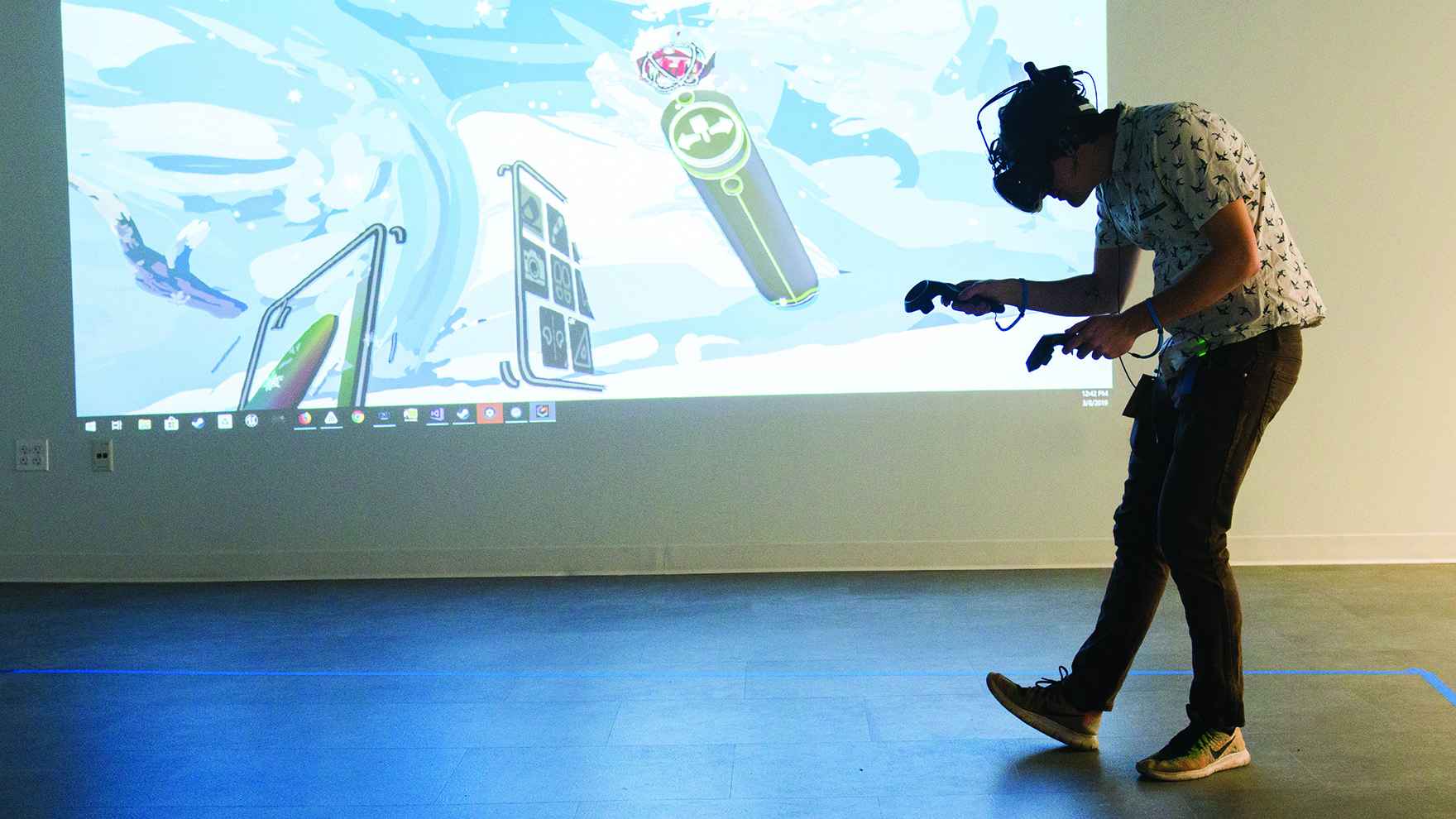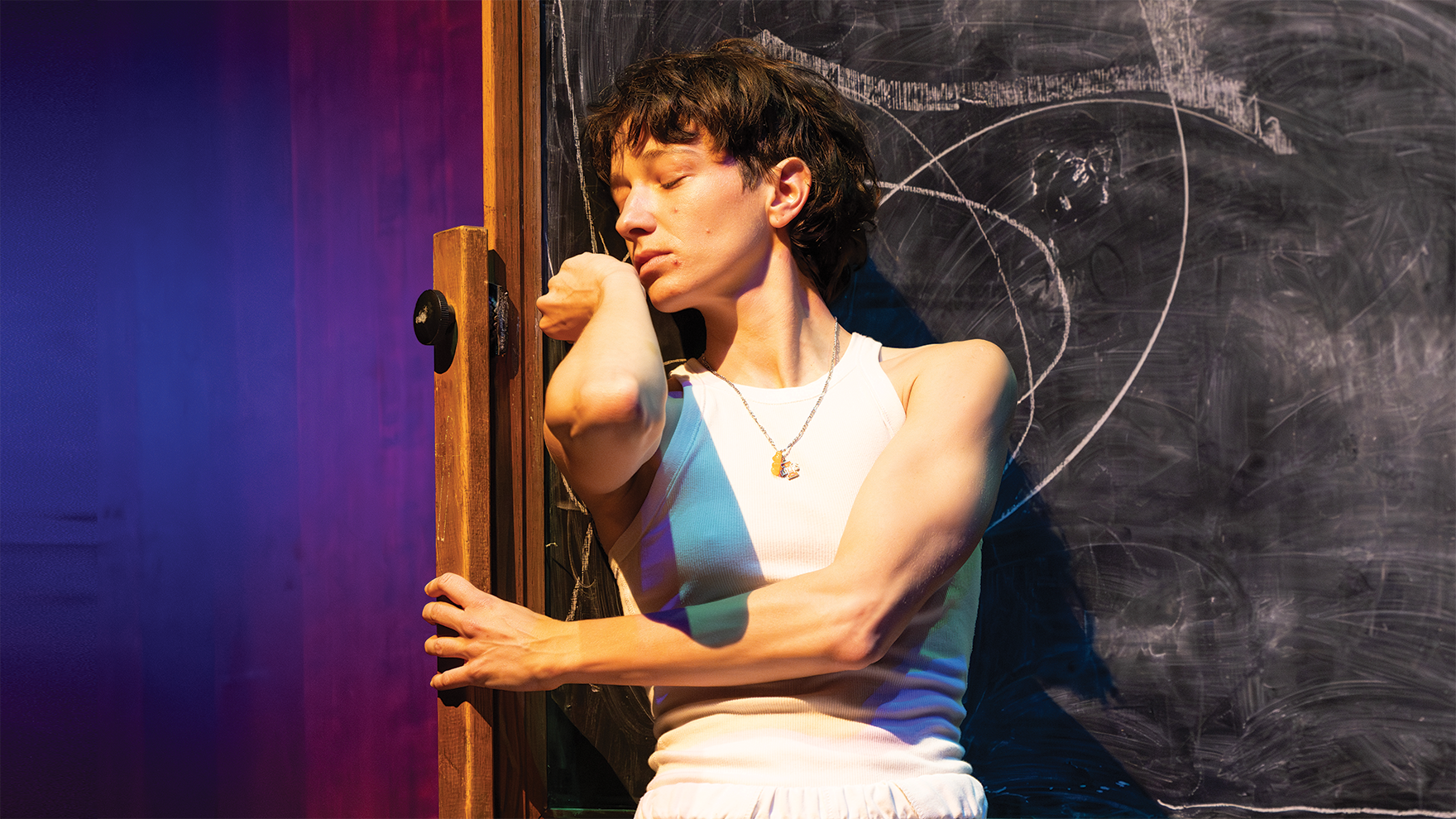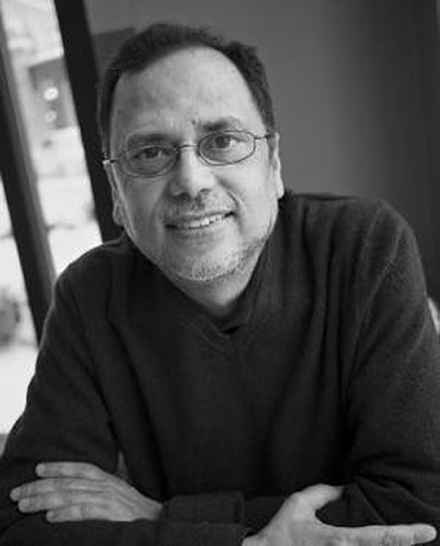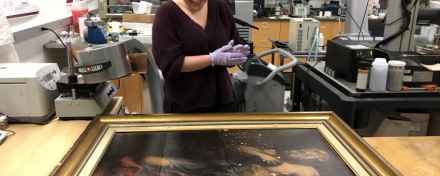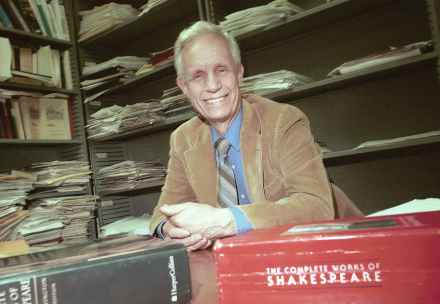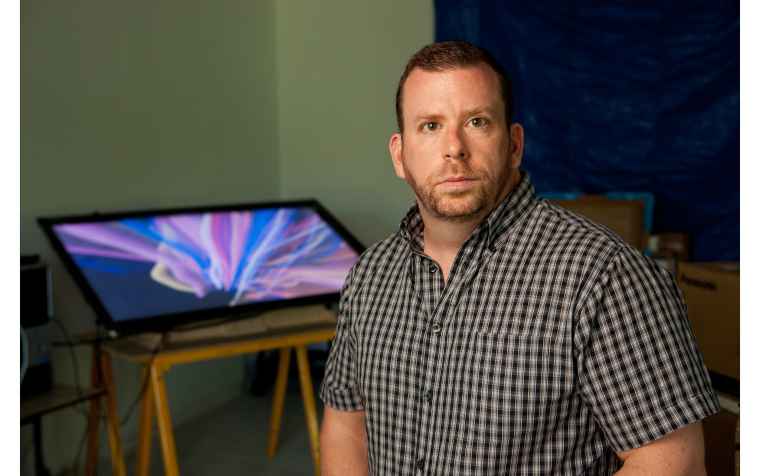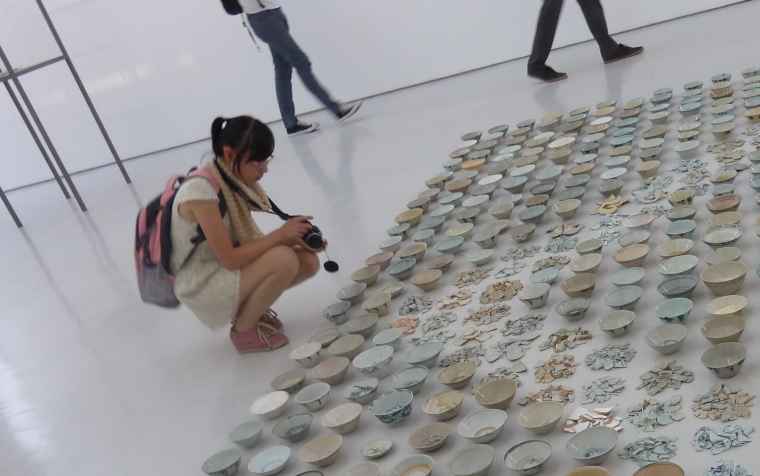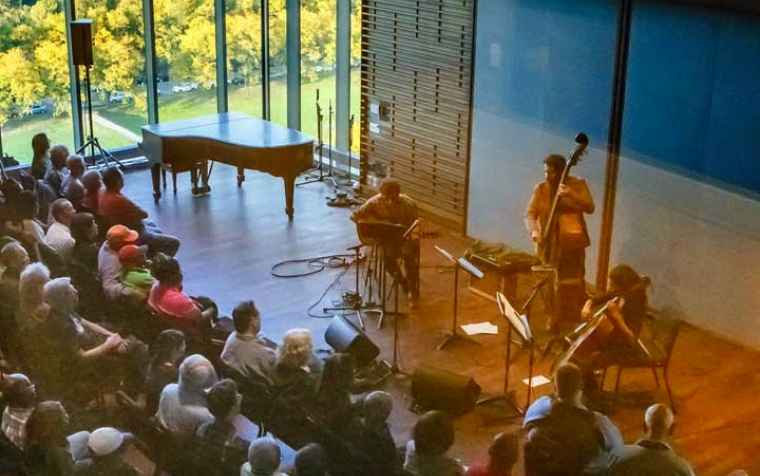Humanities Scholar Receives the 2019 Tagore Memorial Prize
Rabindranath Tagore has greatly influenced Dipesh Chakrabarty’s scholarship, especially Tagore’s 1941 essay “The Crisis of Civilisation.” When the UChicago professor received the 2019 Tagore Memorial Prize from the Government of West Bengal for his collection of essays, The Crises of Civilization: Exploring Global and Planetary Histories (Oxford University Press, 2018), Chakrabarty recognized the honor and the irony of getting a prize named after one of his intellectual muses and the first non-European to win the Nobel Prize for Literature in 1913.
Division of the Humanities' Department of Art History Announces $1 Million Endowment for Art Conservation Courses
The University of Chicago’s Department of Art History has received a $1 million gift from activist for cultural heritage protection, philanthropist, and Napa Valley vintner Suzanne Deal Booth for the funding of art conservation courses and internships. The endowment builds upon the efforts of a five-year conservation teaching collaboration implemented by the Department in the spring of 2018. The generous donation from Deal Booth assures the perpetuity of the piloted initiative’s courses and opportunities for students, funding art conservation and conservation science course offerings on campus as well as an annual undergraduate internship in the field. The endowment marks UChicago as one of the few national institutions to offer regular art conservation and conservation science courses at the college level within a liberal arts institution.
David Bevington, Preeminent Shakespeare Scholar, 1931-2019
Prof. Emeritus David Bevington, the extraordinarily prolific editor of Shakespeare’s full canon and author of seminal books about English Renaissance playwrights, died peacefully at home in Chicago on Aug. 2. He was 88 years old. Remembered by friends and family as a vibrant, generous and intellectually inquisitive man, the longtime University of Chicago professor possessed an infectious enthusiasm for the works he taught. He lived life with boundless energy—teaching, writing, hosting social events and playing chamber music with friends until just before he died.
Media Mentions: July 2019
The latest media mentions, quotes, profiles, and writings from Division of the Humanities faculty, students, staff, and alumni. Visit us on Twitter and Facebook for more updates.
